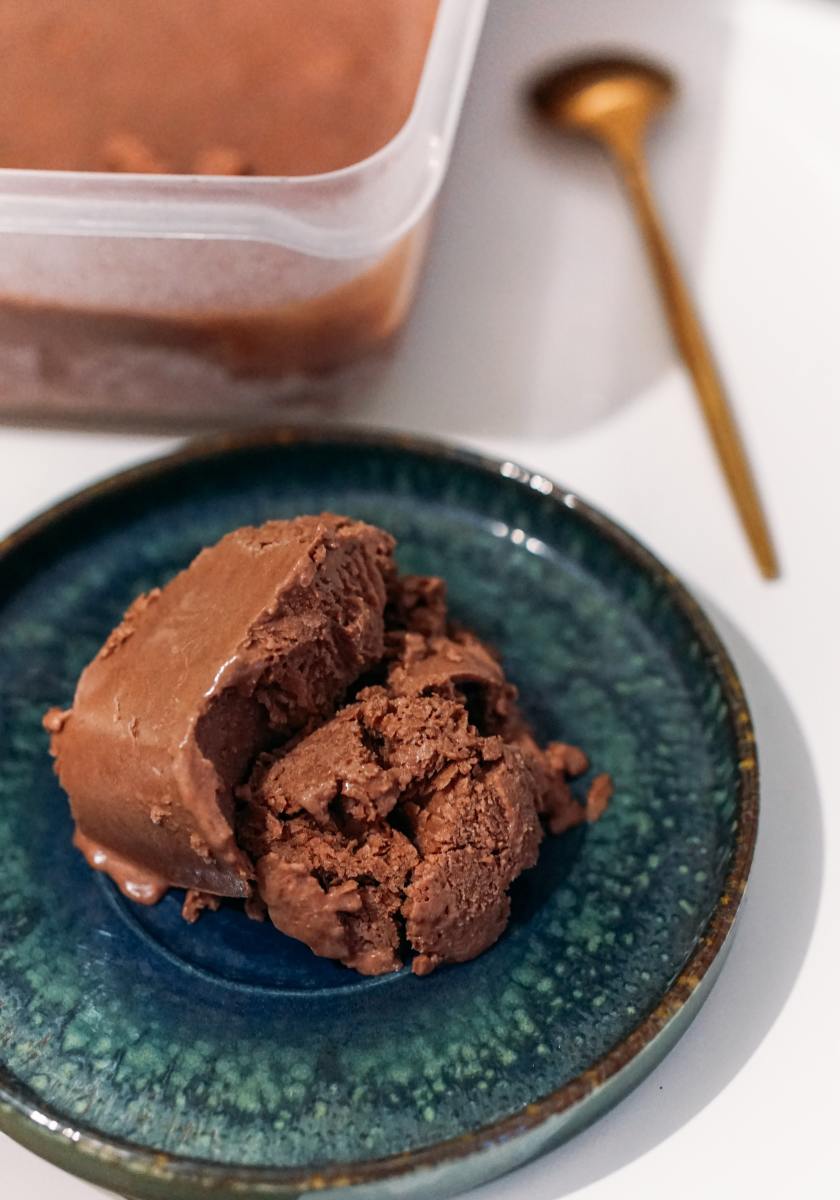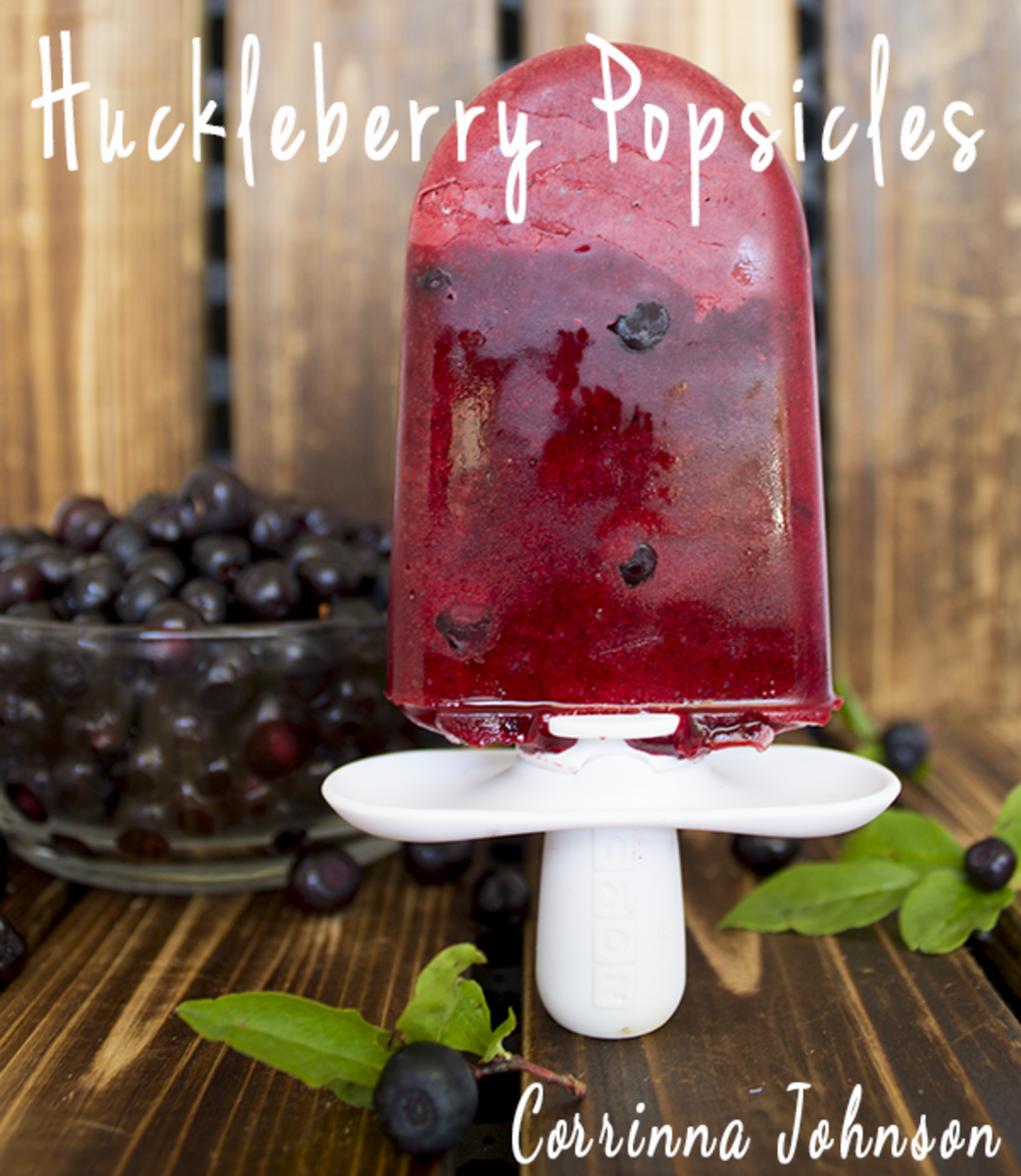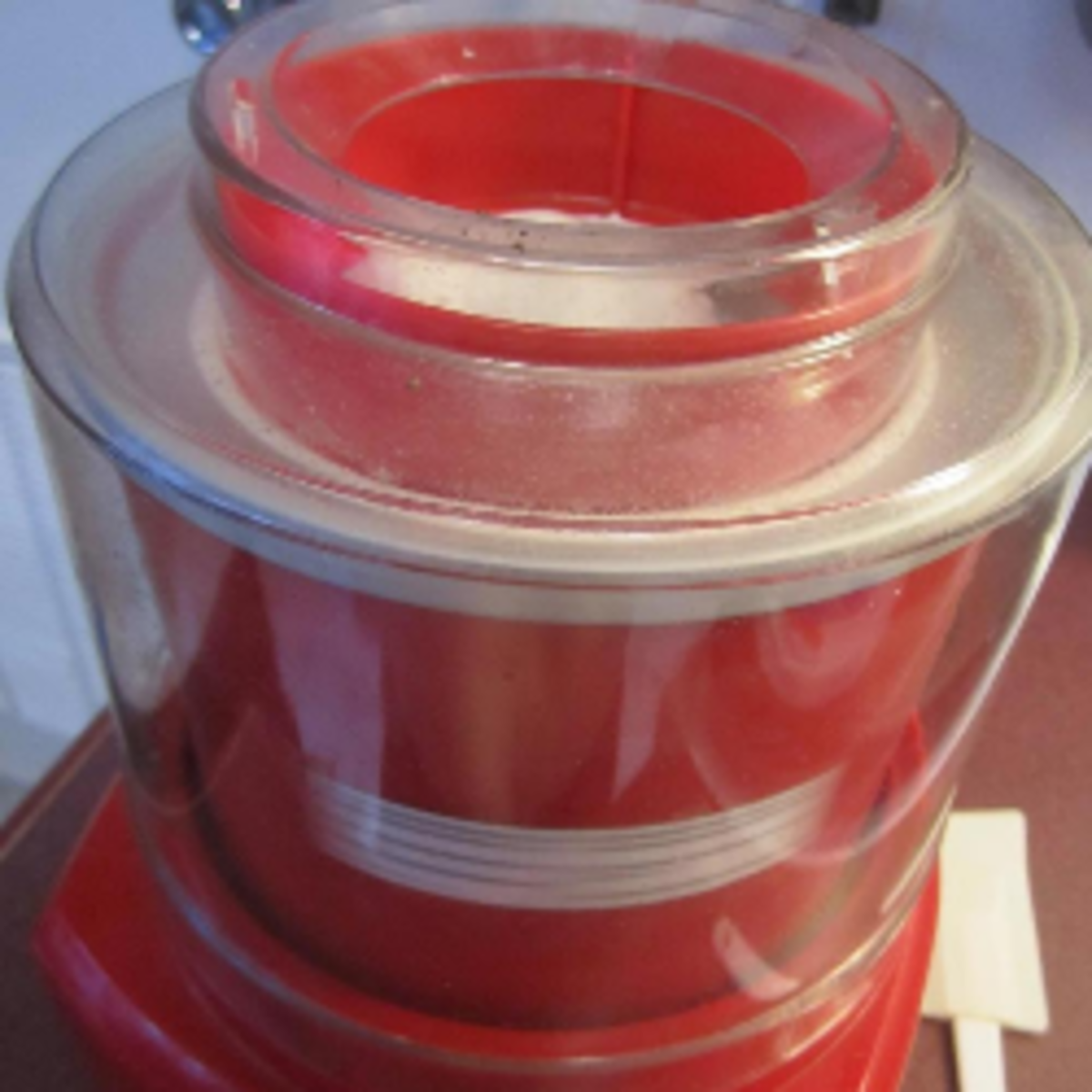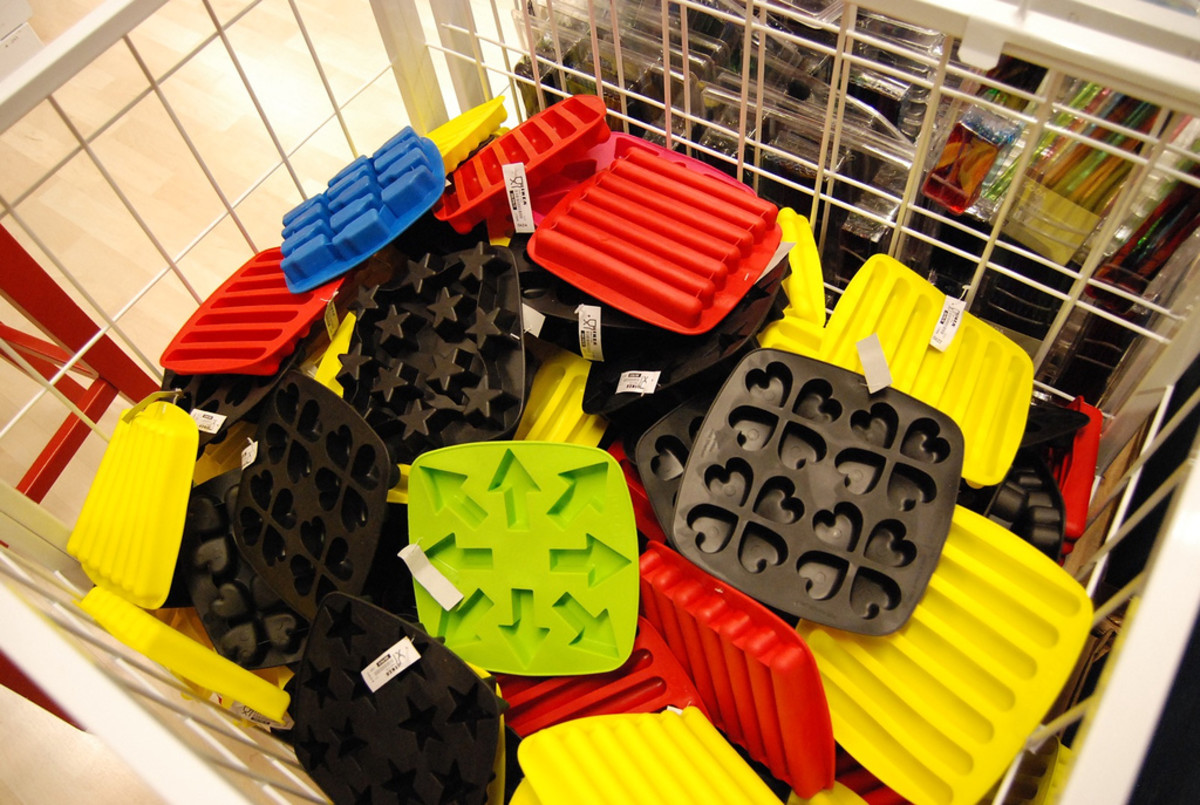How to Cool Off in the Summer

In checking with Wikipedia, I found that the origin of the first ice cube came when John Gorrie, an American physician, and humanitarian, built a refrigerator in 1844.
He wasn't trying to make ice cubes. His aim was to use the ice to lower the ambient room temperature.
Evidently, the dominant idea at the time was that bad air quality caused disease. So in order to treat sickness, he wanted to drain the swamps and cool sickrooms.
The modern-day ice cube tray is often flexible in order to easily remove the frozen cubes.
Originally they were made of metal with a lever that raised the ice cubes from the tray, although these types can still be purchased.
There are even motorized versions that are found in most automatic ice-making freezers.
Most ice cubes tend to be cubical in shape but there are trays available that can turn them into any shape you like including festive ones, animals, and others.
According to Wikipedia, the first rubber ice cube tray was invented by Lloyd Groff Copeman in 1928.
While walking through the woods in his rubber boots, he noticed that the ice flaked off rather than adhering to them.
He ended up designing and then patenting different types of trays. The first flexible stainless steel, all-metal ice cube trays were created by Guy L. Tinkham in 1933.
Today, we can thank these gentlemen for helping make the ice cube something we just take for granted when we make a drink with ice.
Source: Wikipedia.org
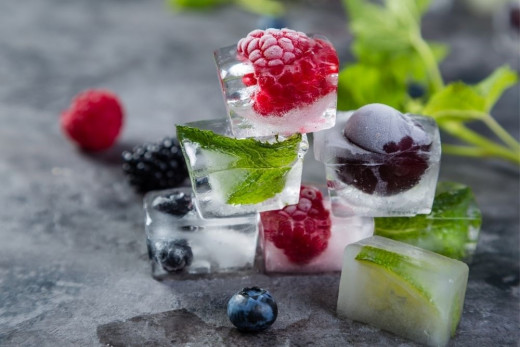
My Ice Cream is Melting
Ice cream is not a new delight. In fact, it was reported that a frozen mixture of milk and rice was produced in China around 200 B.C.
The Roman Emperor Nero (37-68 AD) had ice brought from the mountains and combined it with fruit.
In ancient Persia, snow would be saved in underground chambers and then made into chilled food made with rose water and vermicelli.
This dish was served to royalty during the summer months.
The Arabs however, were the first to use milk as the major ingredient in ice cream.
They sweetened it with sugar instead of fruit and they actually perfected commercial production of this delicacy!
By the 10th-century ice cream could be found across the Arab world.
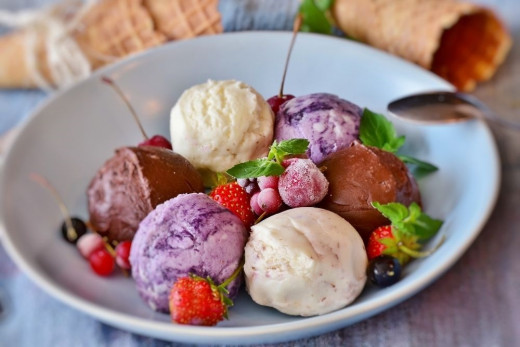
Homemade Ice Cream

According to Maguelonne Toussaint-Samat, in her History of Food, "the Chinese may be credited with inventing a device to make sorbets and ice cream.
They poured a mixture of snow and saltpeter over the exteriors of containers filled with syrup, for, in the same way as salt raises the boiling point of water, it lowers the freezing point to below zero."
In 1533 Catherine de' Medici married the Duke of Orleans and she is said to have brought to France her Italian chefs who had recipes for flavored ices.
One hundred years later, Charles I of England was so impressed with "frozen snow" that he offered his ice cream maker a lifetime pension in return for keeping the formula a secret.
These may be stories that add to the mystery of ice cream, as there isn't any historical evidence of these legends.
You can find one of the first French recipes for ices from 1674 and by the 18th-century ice cream recipes had made it to England and America.
One of the first recipes was printed in Mrs. Mary Eales's Receipts in London in 1718.
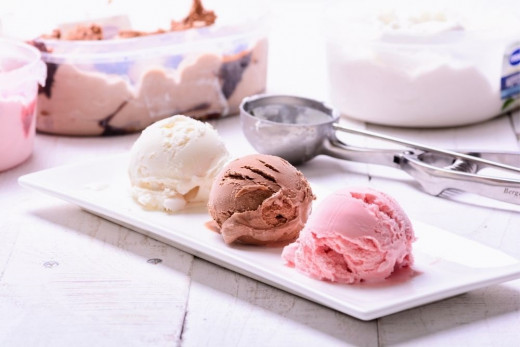
The earliest reference to ice cream is included in the Oxford English Dictionary in 1744 and reprinted in a magazine in 1877.
As well the 1751 edition of The Art of Cookery made Plain and Easy by Hannah Glasse features a recipe for ice cream.
Ice cream was first introduced to the United States by the Quaker colonists who brought their ice cream recipes with them.
They sold ice cream at their shops in New York and other cities during the colonial era.
It seems that Ben Franklin, George Washing, and Thomas Jefferson were known to enjoy this treat.
It has been reported that First Lady Dolly Madison served ice cream at her husband's inaugural ball in 1813.
Over the years since there have been made claims as to who invented the ice cream machine although it is reported that around 1932, Augustus Jackson invented a superior technique to manufacture ice cream.
But it was Nancy Johnson in 1843 that was granted the first U.S. patent for a hand-cranked ice cream freezer.
It wasn't until the 20th century that cheap refrigeration made it possible for ice cream stores to flourish.
Howard Johnson's restaurants advertised that they had 28 flavors of ice cream and then Baskin-Robbins started advertising their 31 flavors.
Today we have many well-known stores from Dairy Queen to Tastee-Feeze offering all sorts of flavors.
You can even get ones that are dairy-free and gluten-free. Not an ice cream fan, then maybe you can try sherbet or sorbet made with ice and fruit!
Source: Wikipedia.org
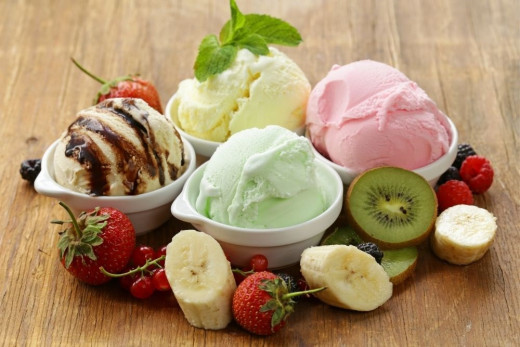
Homemade Ice Cream in 5 Minutes
Adult Popsicles
Remember when you were a kid one of your favorite treats was an icy cold popsicle on a hot summer's day?
While you can still enjoy these treats as an adult with a little kick added!
Use your favorite juice such as pineapple, raspberry, strawberries, kiwi, mango, or peach.
All great summer fruits too. You can buy them already as juice or if you have a juicer make your own.
I think juicing the fruit at home makes for a better, more flavorful popsicle.
Now for the kick! Using flavored alcohol such as rum or vodka made from coconut, watermelon, lemon, raspberry, banana, melon, peach or tangerine will make your popsicles pop!
Just add three cups of your favorite juice to two ounces of alcohol.
Make sure you don't add any more than two ounces of alcohol or your mixture won't freeze.
If you like to "eat" your popsicle, try adding some chopped fruit to the mixture or even herbs like chopped mint or basil.
Pour the mixture into popsicle molds. Wait until the mixture has hardened a bit and then insert the popsicle sticks and freeze.
Once they are frozen solid they are ready! What could be better on a hot summer's day!
Source: ehow.com
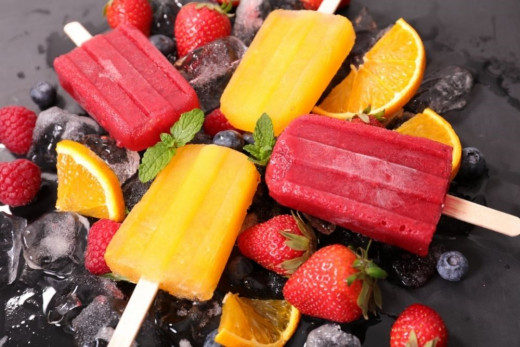
5 Best Popsicles for Summer!
Popsicle Making on Amazon



